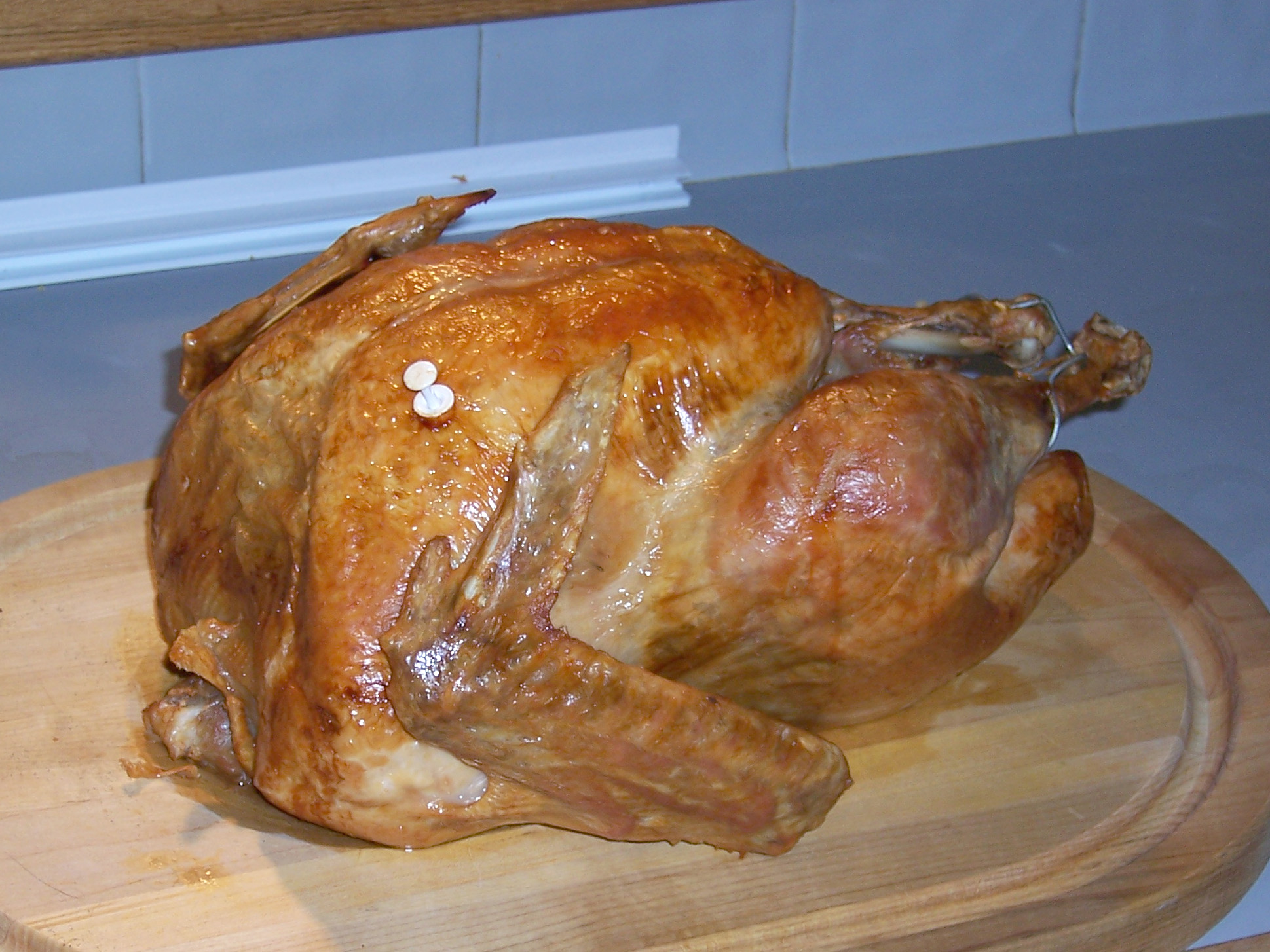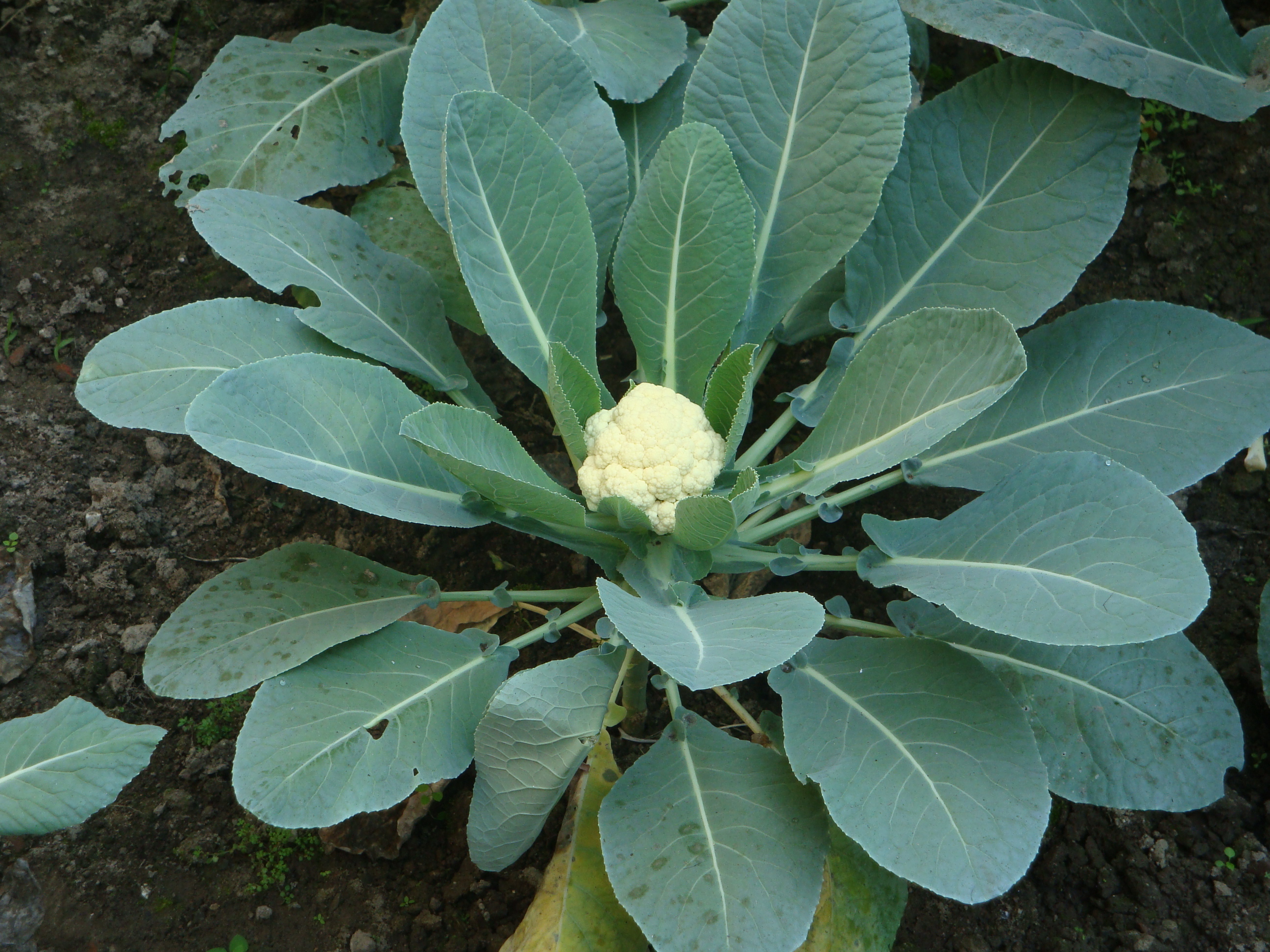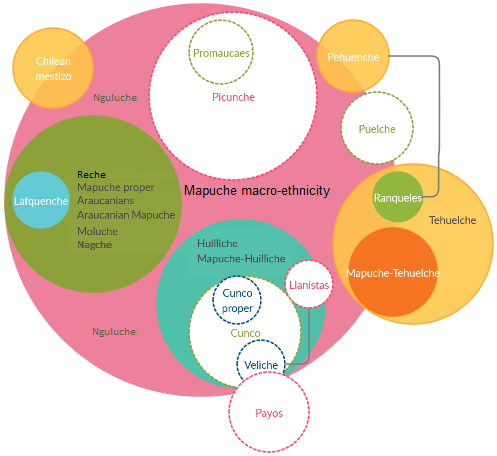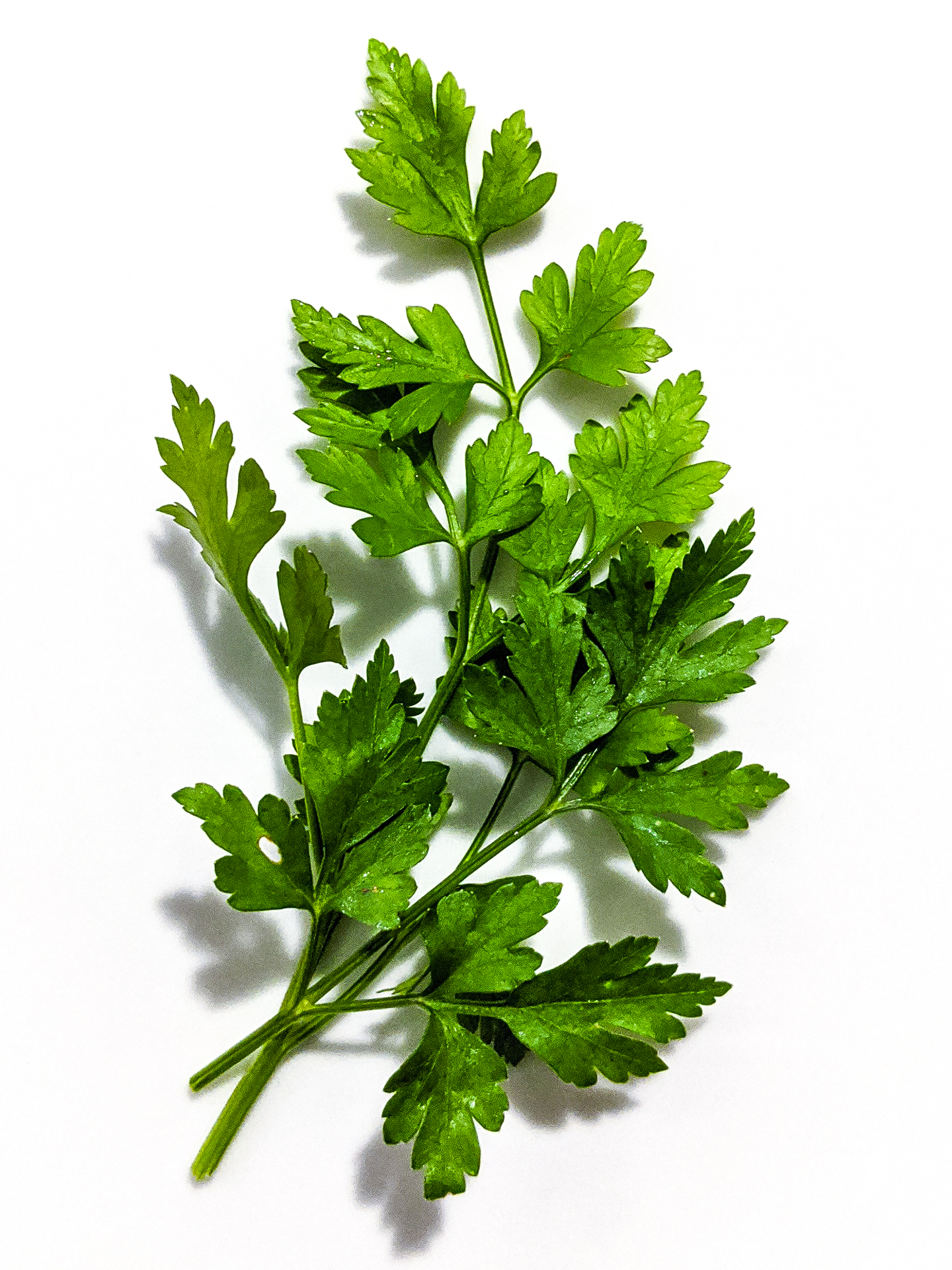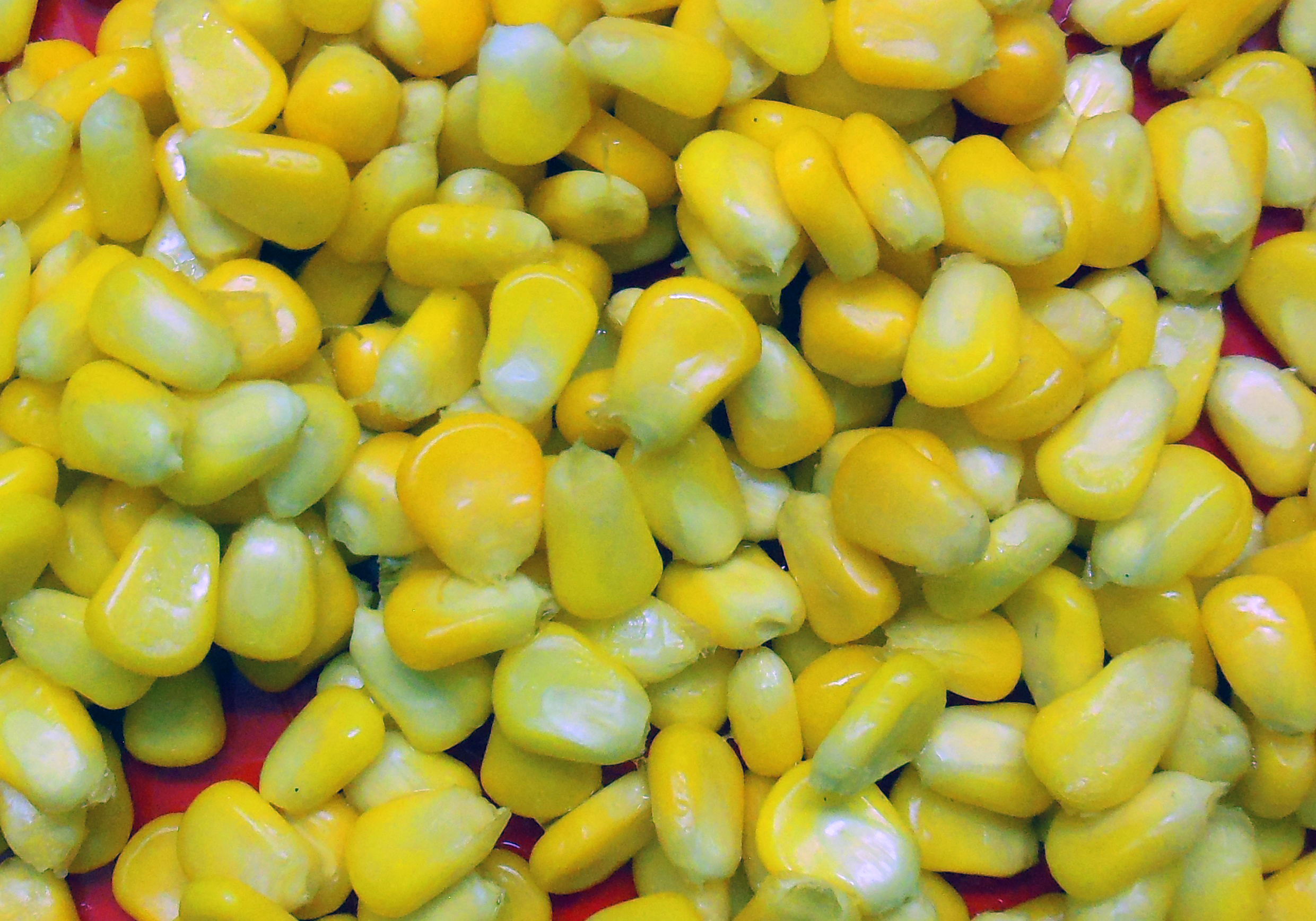|
Cazuela
Cazuela ( or ) is the common name given to a variety of dishes, especially from South America. It receives its name from the ''cazuela'' (Spanish for cooking pot) – traditionally, an often shallow pot made of unglazed earthenware used for cooking. The ingredients and preparation vary from region to region, but it is usually a mid-thick flavoured stock obtained from cooking several kinds of meats and vegetables mixed together. Chilean cazuelas The cazuela is a typical dish of Chile. The most common types are made of chicken or beef, but there are also other types made from pork, lamb and turkey. A notable characteristic of Chilean cazuela is that it is made by cooking all the ingredients separately and uniting them when serving on the plate. A typical dish of Chilean cazuela is made by boiling the meat (normally beef or chicken) with chopped onions and carrots. All the rest of the ingredients are boiled separately in individual pots, but the stock from the meat is complem ... [...More Info...] [...Related Items...] OR: [Wikipedia] [Google] [Baidu] |
Amazonas (Peruvian Department)
Amazonas () is a department and Regional Government of Amazonas, region in northern Peru bordered by Ecuador on the north and west, Department of Cajamarca, Cajamarca on the west, Department of La Libertad, La Libertad on the south, and Department of Loreto, Loreto and Department of San Martín, San Martín on the east. Its capital is the city of Chachapoyas, Peru, Chachapoyas. With a landscape of steep river gorges and mountains, Amazonas is the location of Kuelap, a huge stone fortress enclosing more than 400 stone structures; it was built on a mountain about 3,000 meters high, starting about 500 AD and was occupied to the mid-16th century. It is one of Peru's major archeological sites. Geography The department of Amazonas consists of regions covered by rainforests and mountain ranges. The rainforest zone predominates (72.93%) and it extends to the north over its oriental slope, up to the border with Ecuador in the summits of the Cordillera del Cóndor. The mountain range zo ... [...More Info...] [...Related Items...] OR: [Wikipedia] [Google] [Baidu] |
Soup
Soup is a primarily liquid food, generally served warm or hot – though it is sometimes served chilled – made by cooking or otherwise combining meat or vegetables with Stock (food), stock, milk, or water. According to ''The Oxford Companion to Food'' (OCF), "soup" is "the most general of the terms which apply to liquid savoury dishes";Davidson, p. 735 others include broth, bisque (food), bisque, consommé, potage and many more. Although most soups are savoury, sweet soups are familiar in some parts of Europe. Soups have been made since prehistoric times, and have evolved over the centuries. Originally "sops" referred to pieces of bread covered with savoury liquid; gradually the term "soup" was transferred to the liquid itself. Soups are common to the cuisines of eastern and western countries and have been served at the grandest of banquets as well as in the humblest peasant homes. Name The term soup, or words like it, can be found in many languages. Similar terms in othe ... [...More Info...] [...Related Items...] OR: [Wikipedia] [Google] [Baidu] |
Turkey Meat
Turkey meat, commonly referred to simply as turkey, is the meat from turkeys, typically domesticated turkeys, but also wild turkeys. It is a popular poultry dish, especially in North America and the United Kingdom, where it is traditionally consumed as part of culturally significant events such as Thanksgiving and Christmas as well as in standard cuisine. Preparation and production Turkeys are sold sliced and ground, as well as whole in a manner similar to chicken with the head, feet, and feathers removed. Turkey crowns are the breast of the bird with its legs and wings removed. Frozen whole turkeys remain popular. Sliced turkey is frequently used as a sandwich meat or served as cold cuts; in some cases where recipes call for chicken, it can be used as a substitute. Ground turkey is sold and frequently marketed as a healthy alternative to ground beef. Without careful preparation, cooked turkey is usually considered to end up less moist than other poultry meats such as c ... [...More Info...] [...Related Items...] OR: [Wikipedia] [Google] [Baidu] |
Brassica Oleracea
''Brassica oleracea'', also known as wild cabbage in its uncultivated form, is a plant of the family Brassicaceae. The species originated from feral populations of related plants in the Eastern Mediterranean, where it was most likely first cultivated. It has many common cultivars used as vegetables, including cabbage, broccoli, cauliflower, kale, Brussels sprout, Collard (plant), collard, Savoy cabbage, kohlrabi, and gai lan. Description Wild ''B. oleracea'' is a tall biennial plant, biennial or perennial plant that forms a stout Rosette (botany), rosette of large leaves in the first year. The grayish-green leaves are fleshy and thick, helping the plant store water and nutrients in difficult environments. In its second year, a woody spike grows up to tall, from which branch off stems with long clusters of yellow four-petaled flowers. Taxonomy Origins According to the Triangle of U theory, ''B. oleracea'' is very closely related to five other species of the genus ... [...More Info...] [...Related Items...] OR: [Wikipedia] [Google] [Baidu] |
Lamb And Mutton
Lamb and mutton, collectively sheep meat (or sheepmeat) is one of the most common meats around the world, taken from the domestic sheep, ''Ovis aries'', and generally divided into lamb, from sheep in their first year, hogget, from sheep in their second, and mutton, from older sheep. Generally, "hogget" and "sheep meat" aren't used by consumers outside Norway, New Zealand, South Africa, Scotland, and Australia. Hogget has become more common in England, particularly in the North (Lancashire and Yorkshire) often in association with rare breed and organic farming. In South Asian and Caribbean cuisine, "mutton" often means goat meat.''Oxford English Dictionary'', 3rd edition, June 2003Italian, make similar or even more detailed distinctions among sheep meats by age and sometimes by sex and diet—for example, ''lechazo'' in Spanish refers to meat from milk-fed (unweaned) lambs. Classifications and nomenclature The definitions for lamb, hogget and mutton vary considerably between ... [...More Info...] [...Related Items...] OR: [Wikipedia] [Google] [Baidu] |
Chachapoyas, Peru
Chachapoyas () is a city in northern Peru at an elevation of 2,335 meters (7,661 ft). The city has a population of 32,026 people (2017 Peru Census, 2017). Situated in the mountains far from the Peruvian coast, Chachapoyas remains fairly isolated from other regions of Peru. It is served by buses to Chiclayo and Cajamarca, and flights to domestic locations from Chachapoyas Airport. The city of Chachapoyas is the capital of the Amazonas (Peruvian department), Amazonas Region. It was founded on September 5, 1538, by the Spanish conquistador Alonso de Alvarado "and his twenty". Local agriculture includes sugar cane, orchid and coffee growing. Chachapoyas' transitional location between the arid Cordillera Occidental (Peru), Cordillera Occidental and Cordillera Blanca, Cordillera Central and the rainy, rainforested Cordillera Oriental (Peru), Cordillera Oriental, allow it to receive generally moderate annual precipitation without experiencing the copiously excessive, tropical-rainfore ... [...More Info...] [...Related Items...] OR: [Wikipedia] [Google] [Baidu] |
Peru
Peru, officially the Republic of Peru, is a country in western South America. It is bordered in the north by Ecuador and Colombia, in the east by Brazil, in the southeast by Bolivia, in the south by Chile, and in the south and west by the Pacific Ocean. Peru is a Megadiverse countries, megadiverse country, with habitats ranging from the arid plains of the Pacific coastal region in the west, to the peaks of the Andes mountains extending from the north to the southeast of the country, to the tropical Amazon basin rainforest in the east with the Amazon River. Peru has Demographics of Peru, a population of over 32 million, and its capital and largest city is Lima. At , Peru is the List of countries and dependencies by area, 19th largest country in the world, and the List of South American countries by area, third largest in South America. Pre-Columbian Peru, Peruvian territory was home to Andean civilizations, several cultures during the ancient and medieval periods, and has one o ... [...More Info...] [...Related Items...] OR: [Wikipedia] [Google] [Baidu] |
Museo Chileno De Arte Precolombino
The Chilean Museum of Pre-Columbian Art () is an art museum dedicated to the study and display of pre-Columbian artworks and artefact (archaeology), artifacts from Central America, Central and South America. The museum is located in the city centre of Santiago, Chile, Santiago, the capital of Chile. The museum was founded by the Chilean architect and antiquities collector Sergio Larraín García-Moreno, who had sought premises for the display and preservation of his private collection of pre-Columbian artefacts acquired over the course of nearly fifty years. With the support of Santiago's municipalidad, municipal government at the time, García-Moreno secured the building and established the museum's curatorial institution. The museum first opened in December 1981. Building The museum is housed in the Palacio de la Real Aduana, which was constructed between 1805 and 1807. It is located a block west of the Plaza de Armas (Santiago), Plaza de Armas and close to the Palacio de los T ... [...More Info...] [...Related Items...] OR: [Wikipedia] [Google] [Baidu] |
Mapuche
The Mapuche ( , ) also known as Araucanians are a group of Indigenous peoples of the Americas, Indigenous inhabitants of south-central Chile and southwestern Argentina, including parts of Patagonia. The collective term refers to a wide-ranging ethnicity composed of various groups who share a common social, religious, and economic structure, as well as a common linguistic heritage as Mapudungun speakers. Their homelands once extended from Choapa River, Choapa Valley to the Chiloé Archipelago and later spread eastward to Puelmapu, a land comprising part of the Pampas, Argentine pampa and Patagonia. Today the collective group makes up over 80% of the Indigenous peoples in Chile and about 9% of the total Chilean population. The Mapuche are concentrated in the Araucanía (historic region), Araucanía region. Many have migrated from rural areas to the cities of Santiago and Buenos Aires for economic opportunities, more than 92% of the Mapuches are from Chile. The Mapuche traditional e ... [...More Info...] [...Related Items...] OR: [Wikipedia] [Google] [Baidu] |
Parsley
Parsley, or garden parsley (''Petroselinum crispum''), is a species of flowering plant in the family Apiaceae that is native to Greece, Morocco and the former Yugoslavia. It has been introduced and naturalisation (biology), naturalized in Europe and elsewhere in the world with suitable climates, and is widely cultivated as an herb and a vegetable. It is believed to have been originally grown in Sardinia, and was cultivated in around the 3rd century BC. Linnaeus stated its wild habitat to be Sardinia, whence it was brought to England and apparently first cultivated in Britain in 1548, though literary evidence suggests parsley was used in England in the Middle Ages as early as the Anglo-Saxon period. Parsley is widely used in European cuisine, European, Middle Eastern cuisine, Middle Eastern, and American cuisine. Curly-leaf parsley is often used as a garnish (food), garnish. In Central European cuisine, central Europe, Eastern European cuisine, eastern Europe, and southern Eur ... [...More Info...] [...Related Items...] OR: [Wikipedia] [Google] [Baidu] |
Coriander
Coriander (), whose leaves are known as cilantro () in the U.S. and parts of Canada, and dhania in parts of South Asia and Africa, is an annual plant, annual herb (''Coriandrum sativum'') in the family Apiaceae. Most people perceive the leaves as having a fresh, slightly citrus taste. Due to variations in the gene OR6A2, some people perceive it to have a soap-like taste, or even a pungent or rotten taste. It is native to the Mediterranean Basin. All parts of the plant are edible, but the fresh leaves and the dried seeds are the parts most traditionally used in cooking. It is used in certain cuisines, like Mexican cuisine, Mexican, Indian cuisine, Indian and Southeast Asian cuisine, Southeast Asian. Description It is a soft plant growing to tall. The leaves are variable in shape, broadly lobed at the base of the plant, and slender and feathery higher on the flowering stems. The flowers are borne in small umbels, white or very pale pink, asymmetrical, with the petals ... [...More Info...] [...Related Items...] OR: [Wikipedia] [Google] [Baidu] |
Sweetcorn
Sweet corn (''Zea mays'' convar. ''saccharata'' var. ''rugosa''), also called sweetcorn, sugar corn and pole corn, is a variety of maize grown for human consumption with a high sugar content. Sweet corn is the result of a naturally occurring recessive mutation in the genes which control conversion of sugar to starch inside the endosperm of the corn kernel. Sweet corn is picked when still immature (the milk stage) and prepared and eaten as a vegetable, unlike field corn, which is harvested when the kernels are dry and mature (dent stage). Since the process of maturation involves converting sugar to starch, sweet corn stores poorly and must be eaten fresh, canned, or frozen, before the kernels become tough and starchy. It is one of the six major types of corn, the others being dent corn, flint corn, pod corn, popcorn, and flour corn. According to the USDA, 100 grams of raw yellow sweet corn contains 3.43 g glucose, 1.94 g fructose, and 0.89 g sucrose. History ... [...More Info...] [...Related Items...] OR: [Wikipedia] [Google] [Baidu] |

